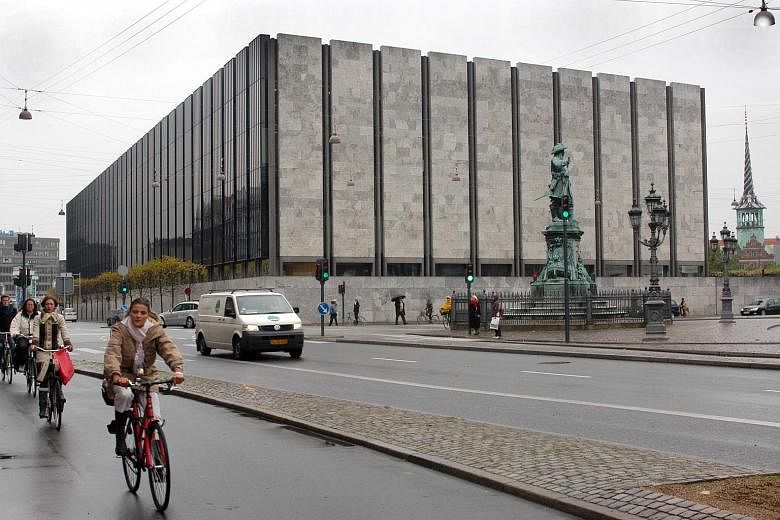COPENHAGEN (BLOOMBERG) - The country with the longest history of negative interest rates may offer a few lessons on how the policy works.
According to Scandinavia's biggest bank, the extreme measure only helps central banks defending a currency regime. For those trying to stimulate the economy, negative rates are the wrong tool. That's good news for Denmark and Switzerland, and bad news for the euro zone, Japan and Sweden.
"We have learned that a negative interest rate is a tool that works to weaken one's currency but it doesn't work to stimulate lending," Mr Helge Pedersen, chief economist at Nordea in Copenhagen, said by phone. "In Denmark, the negative interest rates have worked because the goal was to defend the currency policy."
Denmark and Switzerland resorted to extreme negative rates - minus 0.75 per cent - at the beginning of 2015 to beat back speculators hoarding their AAA-rated assets. Though Switzerland famously abandoned its franc cap, Denmark was able to keep its peg to the euro.
But in the euro area, "negative rates really haven't been a success story", Mr Pedersen said. Policymakers there are getting "more and more desperate" and the European Central Bank risks "getting stuck in a vicious circle".
The comments follow a series of verbal beatings from prominent investors, accusing central bankers of fuelling market turmoil with negative rate policies.
Mr Scott Mather, managing director at Pacific Investment Management Co, last week questioned the ability of negative rates to boost inflation. Instead, the policies are viewed as "desperate and consequently damaging to financial and economic stability", he wrote in a report.
But there are other realities to negative rates that are worth noting. In Denmark, where the benchmark deposit rate has been below zero for the better part of 3 1/2 years (and most economists don't see an exit until at least 2018), people haven't started stuffing cash in their mattresses. That's in part because Denmark - like Sweden - is turning into a largely cashless society. It's also because banks have refrained from passing on the cost of negative rates to retail clients.
And while lending income has suffered, banks have benefited from fewer bad loans and lower funding costs. Customers have also started shifting funds from deposit accounts into asset management services, helping banks generate fees.
"Low interest rates put pressure on the banking sector, but even so, the Danish banks' earnings have recovered significantly over the recent years," Mr Jesper Berg, director-general of the Financial Supervisory Authority in Copenhagen, told Bloomberg.
To accommodate the financial industry, Denmark's central bank expanded a facility - the current account - on which the rate is zero. The step effectively made the negative deposit rate a marginal tax on excess funds that banks weren't able to squeeze into the current account and helped soften the blow.
But the distortions to credit markets are hard to ignore. Short-term mortgage rates in Denmark are negative and property prices, especially in the capital Copenhagen, have soared. The country, which suffered its most recent housing collapse in 2008, is "now at risk of bubbles", Mr Pedersen at Nordea said.
Despite all that, Denmark's monetary policy must be considered a success "because of its policy objectives", according to Jes Asmussen, chief economist at Handelsbanken in Copenhagen. But in the euro zone, "the transition mechanism is broken".

